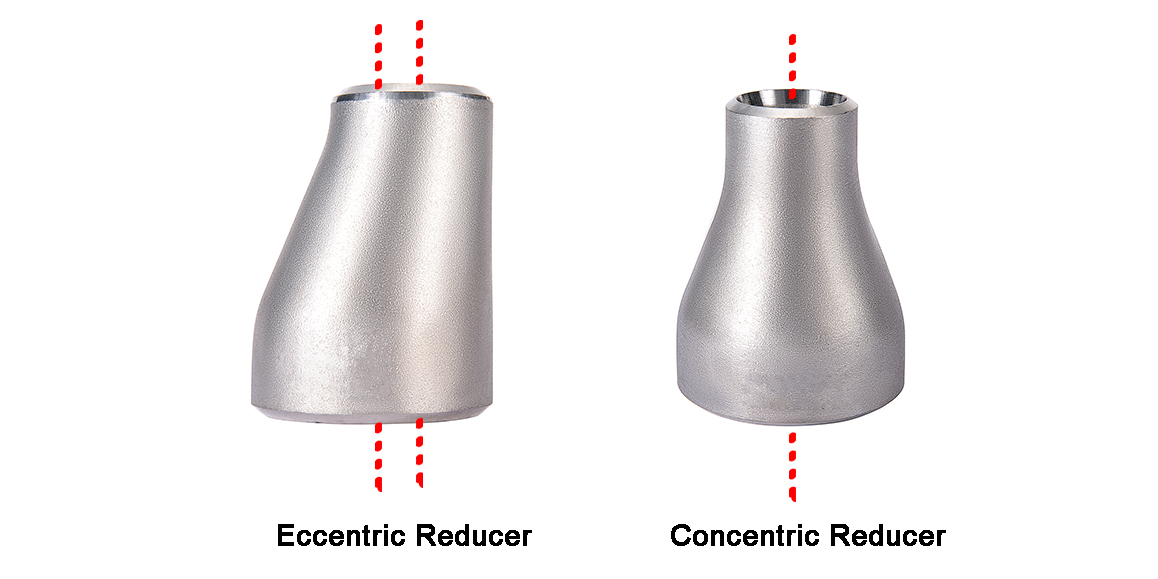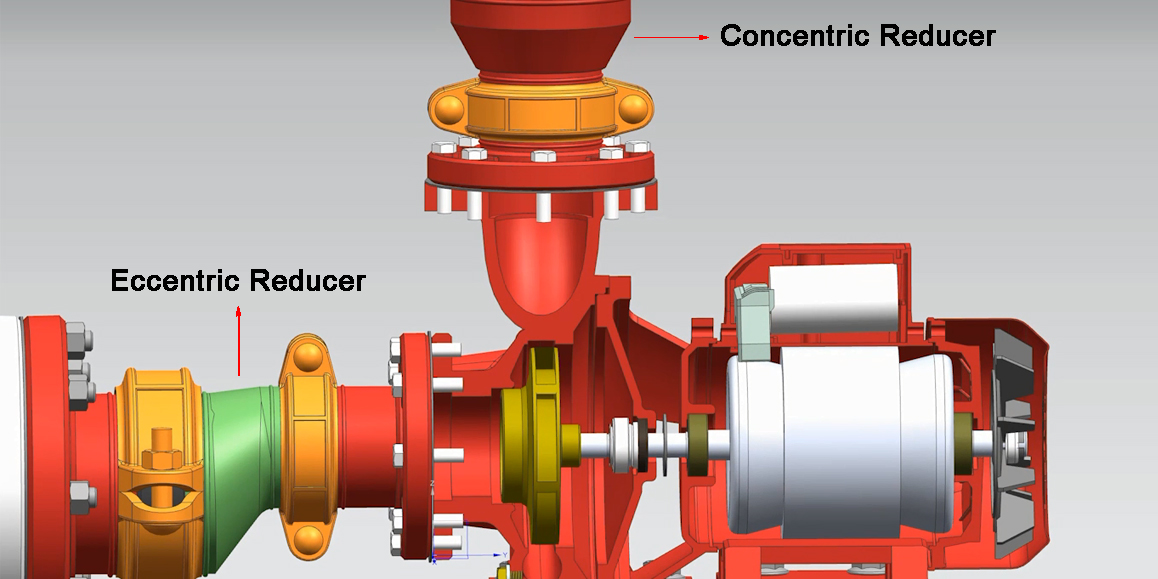What is a stainless steel butterfly valve?
Abstract: This article briefly introduces the working principle, categories, advantages and disadvantages, and common fault problems of stainless steel butterfly valves, aiming to help everyone better learn about stainless steel butterfly valves.
Stainless steel butterfly valves (also known as stainless steel flap valves) are valves that use disc-shaped components to reciprocate at 90° to open, close, and adjust fluid channels. As a component used to realize the on-off and flow control of pipeline systems, stainless steel butterfly valves can be used to control the flow of various types of fluids such as air, water, steam, various corrosive media, mud, oil products, liquid metals, and radioactive media. They mainly play a role in cutting off and throttling on pipelines. Stainless steel butterfly valves have been widely used in many fields such as petroleum, chemical industry, metallurgy, and hydropower.
Working principle of stainless steel butterfly valves
https://www.youtube.com/embed/mqoAITCiMcA?si=MsahZ3-CbMTts_i7
Stainless steel butterfly valves, also known as stainless steel flap valves, are simple stainless steel regulating valves that can be used for the on-off control of low-pressure pipeline media. It is mainly composed of a valve body, a valve stem, a butterfly plate, and a sealing ring. The valve body is cylindrical, with a short axial length and a built-in butterfly plate.
The working principle of the stainless steel butterfly valve is to achieve the purpose of opening and closing or adjusting through the opening and closing part (a disc-shaped butterfly plate) rotating around its own axis in the valve body.
Advantages and Disadvantages of Stainless Steel Butterfly Valve
Advantages
1. Small operating torque, convenient and quick opening and closing, 90° reciprocating rotation, labor-saving, small fluid resistance, and can be operated frequently.
2. Simple structure, small installation space and light weight. Taking DN1000 as an example, the weight of a stainless steel butterfly valve is about 2T under the same conditions, while the weight of a stainless steel gate valve is about 3.5T.
3. The butterfly valve is easy to combine with various drive devices and has good durability and reliability.
4. According to the strength of the sealing surface, it can be used for media with suspended solid particles, as well as powdery and granular media.
5. The valve stem is a through-stem structure, which has been tempered and has good comprehensive mechanical properties, corrosion resistance, and abrasion resistance. When the butterfly valve is opened and closed, the valve stem only rotates instead of lifting and lowering. The packing of the valve stem is not easy to be damaged and the seal is reliable.
Disadvantages
1. The operating pressure and working temperature range are small, and the general working temperature is below 300℃ and below PN40.
2. The sealing performance is poor, which is worse than that of stainless steel ball valves and stainless steel stop valves. Therefore, it is used in low-pressure environments where the sealing requirements are not very high.
3. The flow adjustment range is not large. When the opening reaches 30%, the flow enters more than 95%;
Classification of stainless steel butterfly valves
A. Classification by structural form
(1) Center-sealed butterfly valve
(2) Single eccentric sealed coal valve
(3) Double eccentric sealed butterfly valve
(4) Triple eccentric sealed stomp valve
B. Classification by sealing surface material
(1) Soft-sealed stainless steel butterfly valve, which is divided into two types: metal-non-metallic material and non-metallic material-non-metallic material
(2) Metal hard-sealed stainless steel butterfly valve
C. Classification by sealing form
(1) Forced-sealed stainless steel butterfly valve
(2) Elastic-sealed stainless steel butterfly valve, the sealing pressure is generated by the elasticity of the valve seat or valve plate when the valve is closed
(3) External torque-sealed stainless steel butterfly valve, the sealing pressure is generated by the torque applied to the valve shaft
(4) Pressurized sealed stainless steel butterfly valve, the sealing pressure is generated by the pressurized elastic sealing element on the valve seat or valve plate
(5) Automatic-sealed stainless steel butterfly valve, the sealing pressure is automatically generated by the medium pressure
D. Classification by working pressure
(1) Vacuum stainless steel butterfly valve. Stainless steel butterfly valve with working pressure lower than the standard reactor atmosphere
(2) Low-pressure stainless steel butterfly valve. Stainless steel butterfly valve with nominal pressure PN<1.6MPa
(3) Medium pressure stainless steel butterfly valve. Stainless steel butterfly valve with nominal pressure PN of 2.5--6.4MPa
(4) High pressure stainless steel butterfly valve. Stainless steel butterfly valve with nominal pressure PN of 10.0--80.0MPa
(5) Ultra-high pressure stainless steel butterfly valve. Stainless steel butterfly valve with nominal pressure PN>100MPa
E. Classification by working temperature
(1) High temperature stainless steel butterfly valve, working temperature range: t>450 C
(2) Medium temperature stainless steel butterfly valve, working temperature range: 120 C<t<450 C
(3) Normal temperature stainless steel butterfly valve. Working temperature range: -40C<t<120 C
(4) Low temperature stainless steel butterfly valve. Working temperature range: -100<t<-40 C
(5) Ultra-low temperature stainless steel butterfly valve. Working temperature range: t<-100 C
F. Classification by structure
(1) Offset plate stainless steel butterfly valve
(2) Vertical plate stainless steel butterfly valve
(3) Inclined plate stainless steel butterfly valve
(4) Lever stainless steel butterfly valve
G. Classification by connection method (click for more information)
(1) Wafer type stainless steel butterfly valve
(2) Flange stainless steel butterfly valve
(3) Lug type stainless steel butterfly valve
(4) Welded stainless steel butterfly valve
H. Classification by transmission method
(1) Manual stainless steel butterfly valve
(2) Gear drive stainless steel butterfly valve
(3) Pneumatic stainless steel butterfly valve
(4) Hydraulic stainless steel butterfly valve
(5) Electric stainless steel butterfly valve
(6) Electro-hydraulic linkage stainless steel butterfly valve
I. Classification by working pressure
(1) Vacuum stainless steel butterfly valve. Working pressure is lower than the standard pile atmospheric pressure
(2) Low pressure stainless steel butterfly valve. Nominal pressure PN<1.6MPa
(3) Medium pressure stainless steel butterfly valve. Nominal pressure PN is 2.5-6.4MPa
(4) High-pressure stainless steel butterfly valve. Nominal pressure PN is 10-80MPa
(5) Ultra-high-pressure stainless steel butterfly valve. Nominal pressure PN>100MPa
Future development of stainless steel butterfly valve
Stainless steel butterfly valves are widely used. The variety and quantity of its use continue to expand, and it is developing towards high temperature, high pressure, large diameter, high sealing, long life, excellent adjustment characteristics, and one valve with multiple functions. Its reliability and other performance indicators have reached a high level. With the application of chemical corrosion-resistant synthetic rubber in butterfly valves, the performance of stainless steel butterfly valves has been improved. Because synthetic rubber has the characteristics of corrosion resistance, erosion resistance, dimensional stability, good resilience, easy forming, low cost, etc., and synthetic rubber with different performance can be selected according to different use requirements to meet the use conditions of butterfly valves. Since polytetrafluoroethylene (PTFE) has strong corrosion resistance, stable performance, not easy to age, low friction coefficient, easy to form, stable size, and can be filled and added with appropriate materials to improve its comprehensive performance, a stainless steel butterfly valve sealing material with better strength and lower friction coefficient can be obtained, overcoming the limitations of synthetic rubber. Therefore, high molecular polymer materials represented by polytetrafluoroethylene and its filling and modified materials have been widely used in stainless steel butterfly valves, thereby further improving the performance of stainless steel butterfly valves and manufacturing stainless steel butterfly valves with wider temperature and pressure ranges, reliable sealing performance and longer service life.
With the application of high temperature resistant, low temperature resistant, strong corrosion resistant, strong erosion resistant and high strength alloy materials in stainless steel butterfly valves, metal sealed stainless steel butterfly valves have been widely used in high and low temperature, strong erosion, long life and other industrial fields, and large diameter (9~750mm), high pressure (42.0MPa) and wide temperature range (-196~606℃) stainless steel butterfly valves have appeared, bringing the technology of stainless steel butterfly valves to a new level.
Common stainless steel faults
The rubber elastomer in the butterfly valve will tear, wear, age, perforate or even fall off during continuous use. The traditional hot vulcanization process is difficult to adapt to the needs of on-site repair. Special equipment must be used for repair, which consumes a lot of heat and electricity, and is time-consuming and labor-intensive. Today, polymer composite materials are gradually being used to replace traditional methods, among which the most widely used is the Fushilan technology system. The superior adhesion and excellent wear and tear resistance of its products ensure that the service life of new parts is achieved or even exceeded after repair, greatly shortening downtime.
Key points for the selection and installation of stainless steel butterfly valves
1. The installation position, height, and inlet and outlet directions of stainless steel butterfly valves must meet the design requirements, and the connection should be firm and tight.
2. For all types of manual valves installed on insulated pipes, the handles must not be facing downward.
3. The appearance of the valve must be inspected before installation, and the nameplate of the valve should comply with the provisions of the current national standard "General Valve Marking" GB 12220. For valves with a working pressure greater than 1.0 MPa and valves that cut off the main pipe, strength and strict performance tests should be carried out before installation, and they can only be used after passing the test. During the strength test, the test pressure is 1.5 times the nominal pressure, and the duration is not less than 5 minutes. The valve housing and packing should be leak-free to be qualified. During the tightness test, the test pressure is 1.1 times the nominal pressure; the test pressure during the test duration should meet the requirements of GB 50243 standard, and the valve disc sealing surface should be leak-free to be qualified.
4. Butterfly valves are suitable for flow regulation. Since the pressure loss of butterfly valves in the pipe is relatively large, about three times that of gate valves, when selecting butterfly valves, the influence of pressure loss on the pipeline system should be fully considered, and the strength of the butterfly plate to withstand the pipeline medium pressure when closed should also be considered. In addition, the operating temperature limit of the elastic valve seat material at high temperature must also be considered.
Conclusion
In general, the stainless steel flange butterfly valve is a valve product with superior performance and wide application, which is suitable for fluid control in various industrial fields. When selecting and using it, its characteristics and application requirements should be fully considered, and the appropriate specifications and brands should be selected to ensure the stability and safety of equipment operation.












